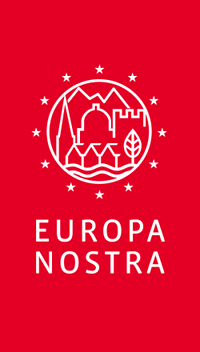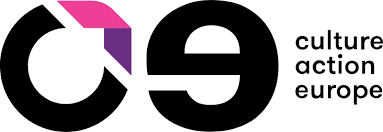EPICO
CONTACT
Network of European Royal Residences
1 rue de l'indépendance américaine
RP 834 – 78008 Versailles cedex
residencesroyales@chateauversailles.fr
Elena Alliaudi, General Coordinator
+33 (0)1 30 83 58 82
1 rue de l'indépendance américaine
RP 834 – 78008 Versailles cedex
residencesroyales@chateauversailles.fr
Elena Alliaudi, General Coordinator
+33 (0)1 30 83 58 82







